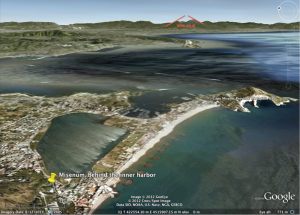OCRE – Online Database of Coinage of the Roman Empire becomes Bigger, Multi-Contributor and Multi-Lingual
In collaboration with New York University’s Institute for the Study of the Ancient World, the American Numismatic Society (ANS) is pleased to announce the release of a new version of OCRE (Online Coins of the Roman Empire) (numismatics.org/ocre/). The OCRE project is creating a revolutionary new tool designed to help in the identification, cataloguing, and research of the rich and varied coinage of the Roman Empire. It aims to provide a comprehensive online resource encompassing every known Roman Imperial coin type. The end result will be:
•A database of 50,000 coin types
•A resource that collectors can use to identify their coins, estimate their rarity, and discover unknown varieties.
•An online reference tool for researchers to help in new research on this important series.
•Easy to use, downloadable catalogue entries for the coinage of every Roman Emperor from Augustus in 31 BC, until the death of Zeno in AD 491.
The new version of the tool contains important new improvements.







